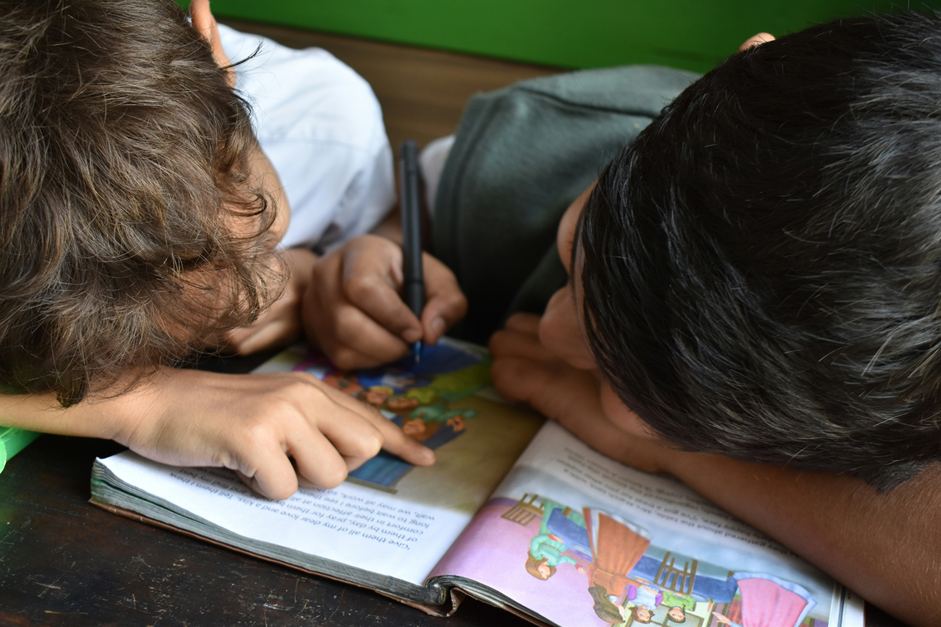How to Use Everyday Objects to Teach Basic Concepts to Preschoolers
Teaching preschoolers basic concepts doesn’t always require
expensive toys or elaborate setups. Everyday objects found at home or in the
classroom can be powerful tools for learning. From counting buttons to
recognizing colours with fruits, simple items can make lessons engaging and
interactive. Using familiar objects helps children connect learning to real
life, making it easier for them to understand concepts like shapes, numbers,
and textures. Parents and teachers can incorporate these methods into daily
routines, turning playtime into an educational experience. If you’re looking
for a nursery
in Pune, consider one that encourages hands-on learning with everyday
materials. This approach fosters creativity, curiosity, and cognitive
development in young children, setting a strong foundation for future learning.
Make Concepts Fun With Everyday Objects
Below are some of the ways that you can teach basic concepts
to your children.
Counting with Household Items
Use objects like buttons, spoons, or coins to introduce
counting. Ask children to count them one by one, group them into sets, or match
them to written numbers. This hands-on approach makes learning numbers fun and
engaging.
Identifying Shapes with Common Objects
Everyday objects like plates (circles), books (rectangles),
and blocks (squares) help children recognize shapes. Encourage them to trace
these objects on paper or find similar shapes around the house to strengthen
their understanding.
Exploring Colors with Fruits and Clothes
Use fruits, vegetables, or clothing to teach colors. Ask
children to sort items by color or name them while playing. This practical
activity enhances color recognition and vocabulary development.
Understanding Textures with Household Items
Let children feel different textures using objects like
cotton (soft), sandpaper (rough), or metal spoons (cold and smooth). Discussing
textures helps develop sensory awareness and descriptive language skills.
Introducing Basic Science with Water Play
Place different objects in water to teach concepts like
floating and sinking. Use sponges, spoons, or plastic toys to show how some
items float while others sink. This activity builds curiosity and basic science
understanding.
Learning Letters with Everyday Items
Use cereal, pasta, or playdough to form letters and spell
simple words. Tracing letters with fingers on flour or sand also strengthens
early writing skills, making literacy fun and interactive.
Conclusion
Teaching preschoolers using everyday objects is a
simple yet effective way to make learning engaging and meaningful. By
incorporating household items into daily activities, children develop essential
skills such as counting, recognizing shapes and colours, and understanding
textures. These hands-on experiences help strengthen their cognitive and
sensory abilities while making learning fun. Practical methods like water play
and letter tracing also enhance creativity and problem-solving skills. Parents
and teachers can easily integrate these activities at home or in school
settings. The HDFC School explained every concept clearly for
preschoolers, ensuring a strong foundation for future learning. Encouraging
children to explore and learn through real-world objects fosters curiosity and
confidence, setting them on the path to lifelong learning.
original content:- How to Use Everyday Objects to Teach Basic Concepts to Preschoolers



Comments
Post a Comment